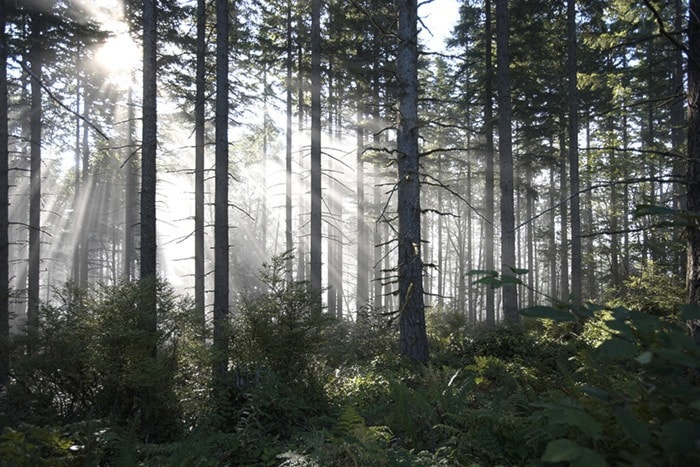Most Surrey residents know there’s a tree-protection bylaw in effect, but how many know what it really entails?
Surrey’s tree-protection bylaw RSBC 16100, 2006 in its latest revised form protects and preserves some trees in the city but not all.
It applies specifically to trees, of any species, which have a breast height diameter (dbh) – arbitrarily set at 1.4 metres above ground level – of at least 30 cm, is a replacement tree planted by specific order, is growing in an area of high sensitivity as defined in the city’s Environmentally Sensitive Areas map and is subjectively classified as a “specimen quality tree” or is one of 382 designated ‘significant’ trees.
Schedules B and B1 to the bylaw also list nine significant species which are protected – arbutus, dogwood, Garry oak, maidenhair tree , coast, giant and dawn sequoias and yew.
It’s important to note that the bylaw applies only to protected trees and there are exclusions.
BC Hydro and Power Authority RSBC C212, 1966 and the Pipeline Act RSBC C364, 1996 are exempt from the bylaw, as are approved city activities and operations, and national, provincial and Metro Vancouver lands.
Briefly, the bylaw means that trees meeting criteria for protection may not be cut or damaged, and that offenders will be subject to fines up to $10,000 per tree. They could also be required to replant, with trees of specific size and species as listed in Schedule E of the bylaw.
Provision is made for exempting protected trees that inhibit construction of foundation under specific conditions and for which a permit may be issued.
Should a protected tree be formally deemed by a qualified arbourist to be immediately hazardous, then it may be felled and city authorities notified next working day; ‘hazardous’ implies that the tree is question is in imminent danger of falling or breaking, and so damaging an adjacent structure or harming people.
Trees on Surrey property and in the city’s parks are protected by bylaws 5835 (1979) and13480 (1998), respectively, which ”regulate and prohibit the cutting, removal, injury, damage or destruction of trees.”
White Rock has a defined City Policy 611 for tree management on city lands and a tree-management byLaw, 1831, revised in 2012, for private lands. Together, they set out to “manage, preserve and protect… trees on cCity land so as to ensure the sustainability of the city’s urban forest.”
City trees include living woody plants with a dbh of 6 cm or more, hazardous, significant, landmark trees or those of cultural, historical, ecological or social value.
Interestingly, management includes preservation or restoration of existing views but does not encompass creation of new views or vistas.
The bylaw prohibits removal of, or damage to, protected trees. These are defined as trees with a dbh of 30 cm or more, replacement, heritage, specimens – that is a deciduous or coniferous tree of at least 50 cm dbh and with a projected life of more than 10 years or a native flowering or ornamental tree of 30 cm dbh or more – and trees with active nests.
It also identifies three native species, irrespective of size – arbutus, dogwood and Garry oak – which are protected.
Like Surrey, White Rock provides for specific exceptions, presents a schedule of penalties for infringements and allows for removal of an immediately hazardous tree but with safeguards.
Thus, in both municipalities, trees have a good measure of protection, but there remain the vexing questions of preserving trees on private land when an owner wants to fell them, of wanton disregard of the regulations and of determining if a special vista is more worthy of protection than any trees which obscure it.
• I’m indebted to Surrey and White Rock staff who provided details and reviewed drafts of this column.
Dr. Roy Strang writes monthly on the environment for the Peace Arch News. rmstrang@shaw.ca
